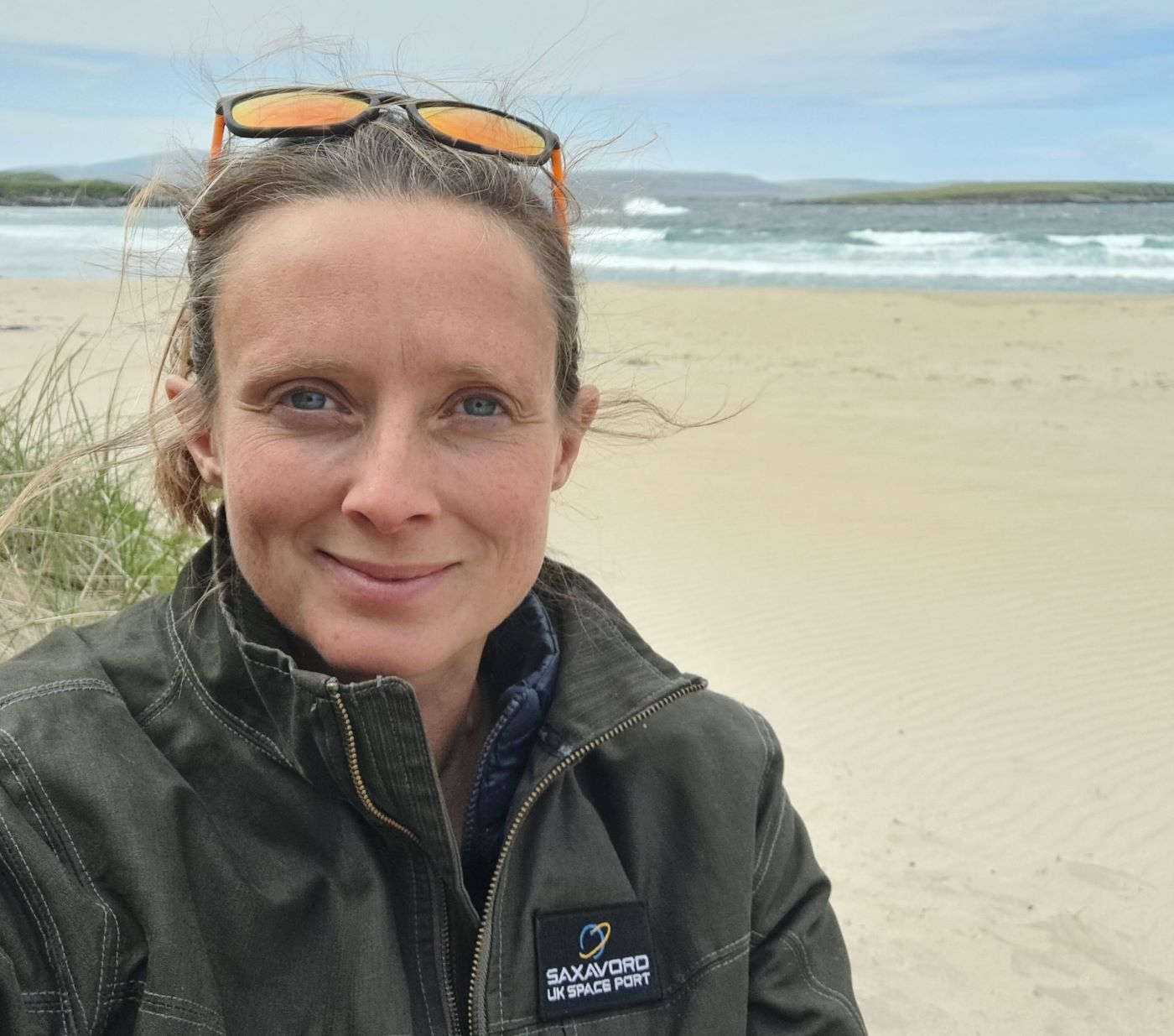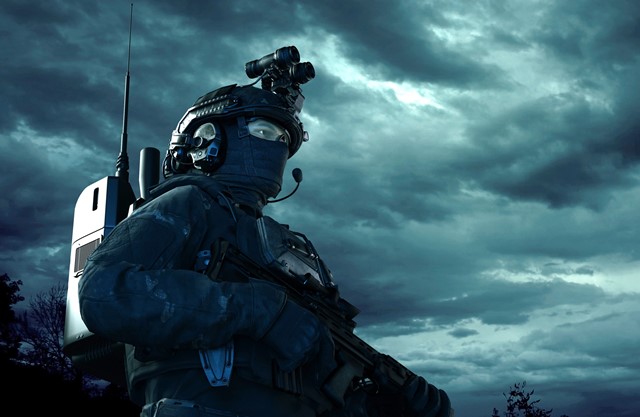Winning the 'War on Pirates'
 The 'war on pirates' continues on a daily basis. So successful has NATO’s Operation Ocean Shield counter-piracy operations been that it has been extended into 2016. Its success has in no small part been due to the ability of keeping the fleets on duty in a constant state of readiness, 24x7.
The 'war on pirates' continues on a daily basis. So successful has NATO’s Operation Ocean Shield counter-piracy operations been that it has been extended into 2016. Its success has in no small part been due to the ability of keeping the fleets on duty in a constant state of readiness, 24x7.
In the second half of 2013 it was Norway's turn to take command of the operation. The Norwegian Navy deployed integrated resource planning technology to help it prosecute the 'war on pirates', providing its Frigates with all the information they need on board and enabling them to be ready for action.
Operation Ocean Shield is the NATO counter-piracy operation in the Gulf of Aden and off the horn of Africa. NATO's role in the region is to deter and disrupt pirate attacks, ensuring the safety of the hundreds of vessels that travel through the region every day. This operation began in August 2009, working alongside US-led maritime forces, EU naval forces and national figures working against the threat of piracy in the region.
The breadth of the operation
This approach and the Norwegian Navy's involvement has been exceptionally successful across the region of 2 million square miles. In 2009 there were 45 hijacks and 130 attacks but within three years of the operation, the number of hijacks had fallen to 5 and there were 115 fewer attacks. Between 2011 and 2012, attacks fell by 80%. Under this operation, the Norwegian Navy working within NATO command conducts intelligence, surveillance and reconnaissance missions to verify the activity of shipping off the coast of Somalia. Commercial ships that are transiting the area are monitored and in many cases escorted to ensure their safe passage. Through the NATO Shipping Centre, pirate activity can be reported and shared to prevent attacks and enhance situational awareness of the maritime environment.
The breadth of the tasks required to keep fleet at the ready
Between 6th June and 6th December 2013, Norway was in command of this operation, led by the Norwegian Flagship Fridtjof Nansen. A key element of this is the Norwegian Frigate’s ability to carry out its duties and be ready for action at a moment’s notice - impossible without complex and wide ranging off-shore and on-shore integrated logistics support. Its logistics support are deployed on 18 ships in operation, with plans for a further 20 or more in the coming months. The maintenance plans for the Frigates alone equate to 3,500 tasks and 7,000 spare parts per ship. Also helping support and inventory some 50,000 parts with 12,500 in the dockside warehouse and up to 7,000 on each ship.
On-shore and off-shore deployment
If we look at the Norwegian Navy, it currently operates integrated ERP Applications in the onshore environment as well as on-board ships and vessels whether they are deployed into operations outside of Norway or guarding the Norwegian sovereignty in domestic waters. While deployed, the ships can process work as usual and the solution supports master configuration data, configuration management, cannibalization, document management and supply chain management. It also supports management of valid and allowable configuration, maintenance planning, fault reporting and purchasing, inventory, stocktaking and more.
Such complexity of operation demands an integrated approach and a system which meets that requirement particularly as information relating to spare parts is a crucial aspect for the Navy, as delivery times can often be long, with access to parts often extremely difficult. Yet the assets have to be ready for action at a minute’s notice. The solution has to encompass the entire enterprise resource planning, no mean task, but essential if the ‘war on pirates’ is to continue to be successful.











